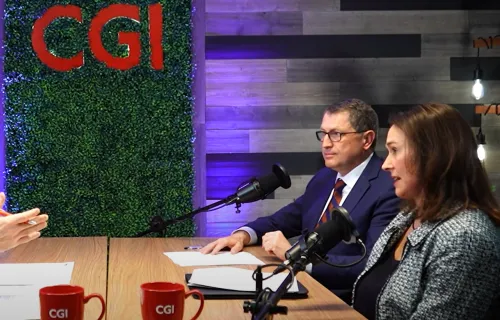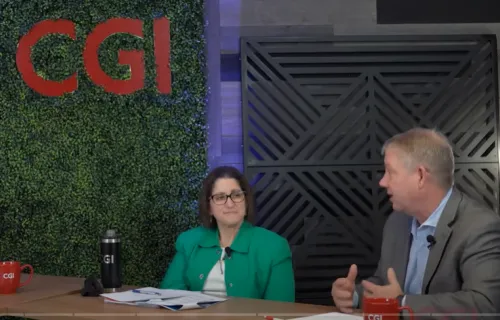The COVID-19 pandemic has impacted how we work in many ways that might remain in place after the world returns to some form of normal.
In particular, many government agencies have allowed employees to work remotely to a much greater degree than in the past, which has changed the way agencies and their private-sector partners communicate with each other, and internally. Video conferences have replaced in-person meetings, and our home and work lives have become more blended.
While some organizations may require employees to return to offices once the pandemic has abated, others will continue to allow telework to varying degrees. That means our interactions will continue to be different than they were pre-pandemic.
Through trial and error, I’ve developed some useful practices to facilitate building and maintaining relationships when in-person meetings are rare or not possible. I’m sharing some of these below.
Keeping connections consistent
Since fostering strong communication with our clients continues as both a CGI core value and a personal priority for me, I found it vital in this new environment to set aside a consistent time block to talk with my clients. In these conversations, I cover their business needs and check in on the personal well-being of the individuals involved. Talking about family and life, in addition to business, fosters the emotional bond I seek in my client relationships and makes my client connections sincere.
As we strive to understand our clients’ evolving eco-systems, we must recognize that work and home life are now more interrelated than before. My communication style has always involved building personal bonds with clients; it’s at the heart of why I enjoy coming to work every day. I am connected to them and they to me.
New strategies for an evolving world
As we continue to live and thrive through the pandemic, it is important to recognize that organizations have improvised their communication styles and channels to meet their business needs. While some of those enhanced communication practices will remain with us post-pandemic, the situation remains fluid. Therefore, organizations must remain agile and flexible with their communication strategies, and should continuously revisit their effectiveness.
Some of the communication best practices that I have tried and found effective include:
- Take time to connect with those you work with—clients, colleagues and contractors—at a personal level. Show clients that you embody your company values of strong and sincere partnerships, especially during a crisis. Be flexible and agile with communications with any stakeholders, understanding that others’ eco-systems have changed just as yours have.
- Use video meetings, when appropriate, to gain human interaction that cannot be attained through voice calls. We humans say a lot with facial expressions that voice-only communications cannot get across.
- Set a cadence for the frequency of client communications, based on both the business need and the clients’ preferences. Frequent, short conversations might work best in the early stages of a project, while less frequent, longer calls might better fit a mature engagement. Figure out what works best in each situation. However, remember that meetings should always have defined objectives and goals. Do not have meetings just for the sake of having meetings, even when they are part of a regular series. Cancel those meetings if there is nothing to discuss.
- Every so often, check in with stakeholders to learn whether you need to make adjustments in how, when and how frequently you communicate. What worked in the early months of the pandemic might have changed. Be mindful of when a phone call can replace a video meeting, and when an email can replace a phone call. Strike a balance between staying in contact versus being disruptive.
- Keep yourself accessible, and be willing to show your human side. Vulnerability is not a weakness, especially during a pandemic when many of us feel displaced by the measures necessary to protect ourselves and others from a deadly virus.
When assessing your communication channels against your current operating environment, keep these best practices in mind. Understand that effective communication is agile and able to pivot based on the environment. As our eco-systems continue to evolve with the response to the pandemic, remain flexible and in touch with your stakeholders' changing needs. No matter what the environment, effective communication remains at the core of successful partnerships.





